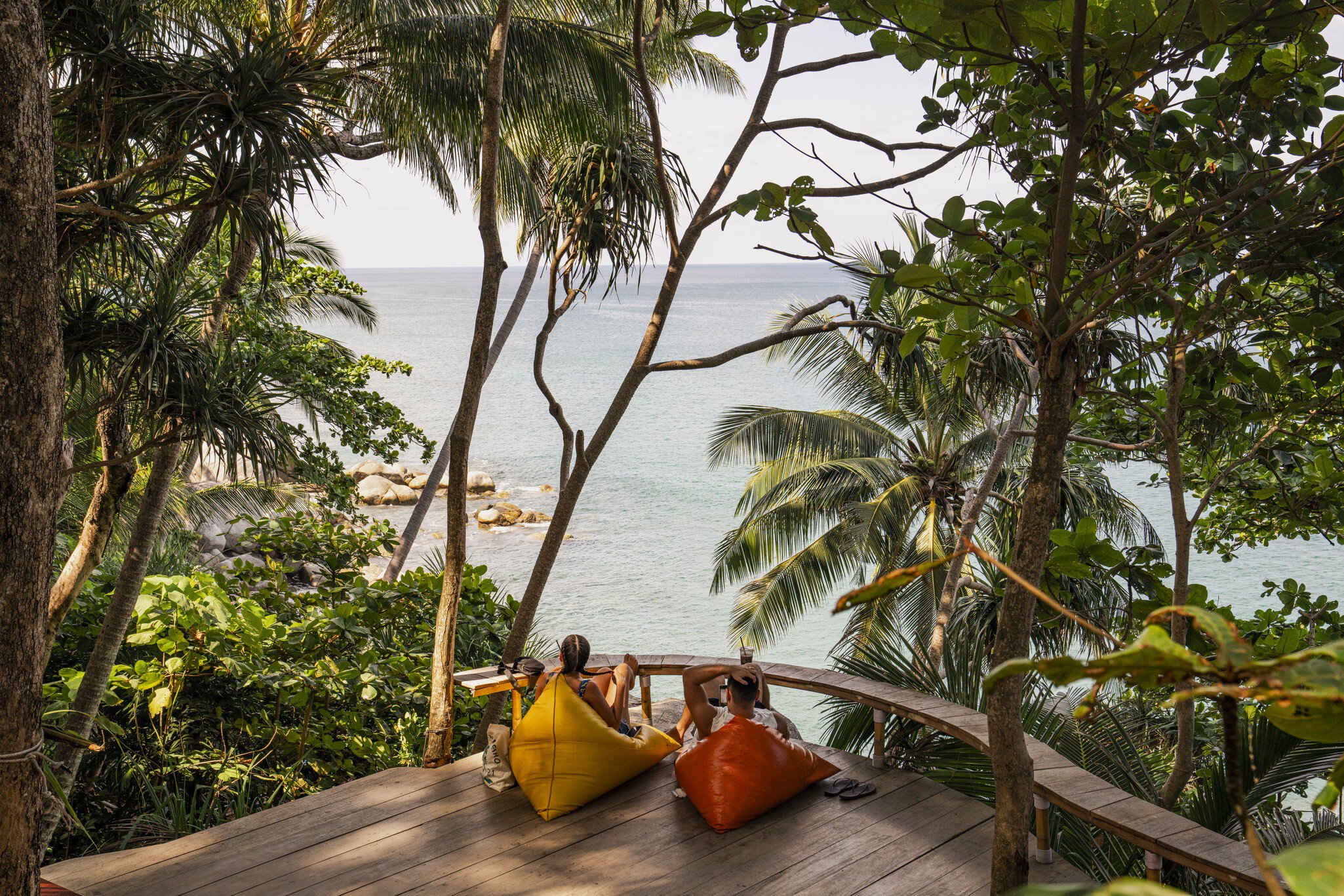
Overview
Heading east from the Urals, the influence and reach of Moscow noticeably begins to wane as one enters Western Siberia (Западная Сибирь). Unforgiving winters and a history of Gulag camps give the region a bad rap. The reality is much different. Western Siberia opens its arms to visitors and has plenty to offer the passing traveller. Expect contrasts and extremes, from glaciated mountains to underground cafes, fine art museums to gentle forest rambles. For the international visitor there's no getting away from the fact that Western Siberia is not the easiest place in which to travel. Visitors need a willingness to rough it, and outside the big cities it helps to be able to speak at least rudimentary Russian. But those who make the effort will be rewarded with an insight into the Siberian way of life and – perhaps more importantly – receive a dose of the locals’ legendary hospitality.
Plan your trip with Guide, an AI travel planner!
Create a personalized trip itinerary in seconds using artificial intelligence.
Must-see attractions
Get a book. Get inspired. Get exploring.
in partnership with getyourguide




![Western Siberian Eagle Owl [Bubo Bubo Sibericus] in full flight](https://lp-cms-production.imgix.net/2019-06/531770715_high.jpg?auto=format,compress&q=72&w=1095&fit=crop&crop=faces,edges)




